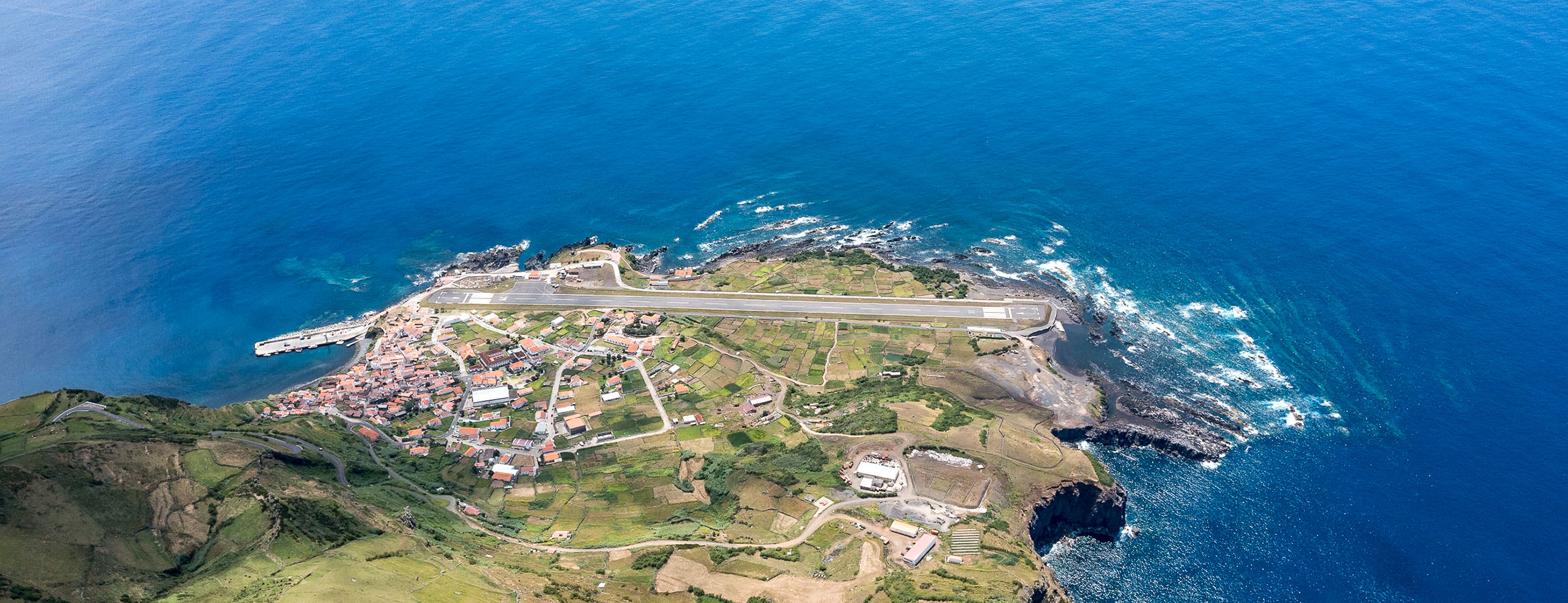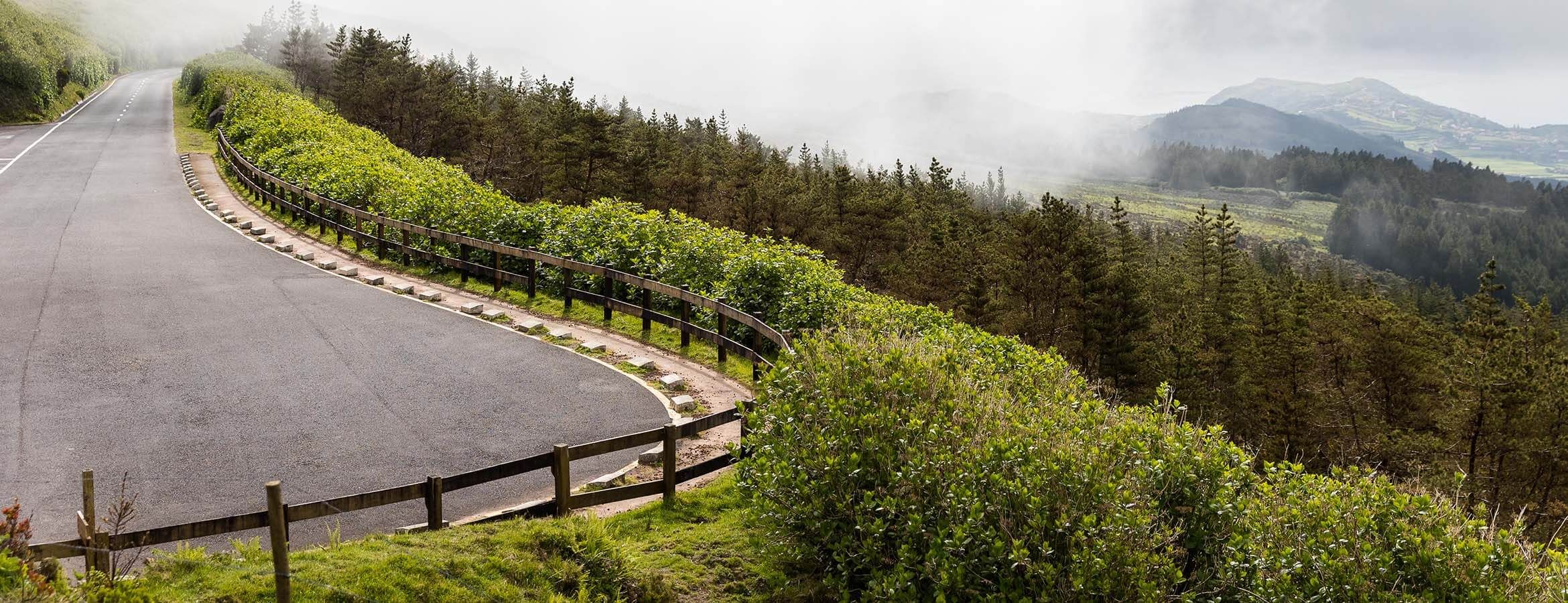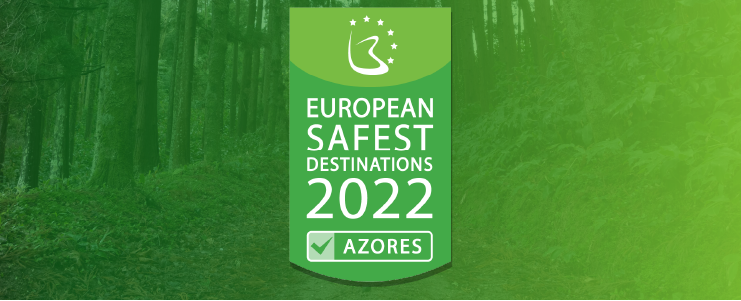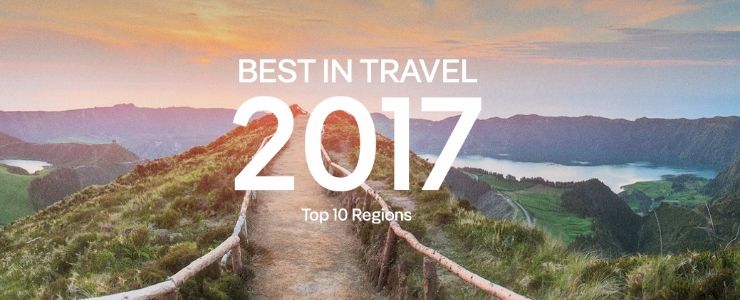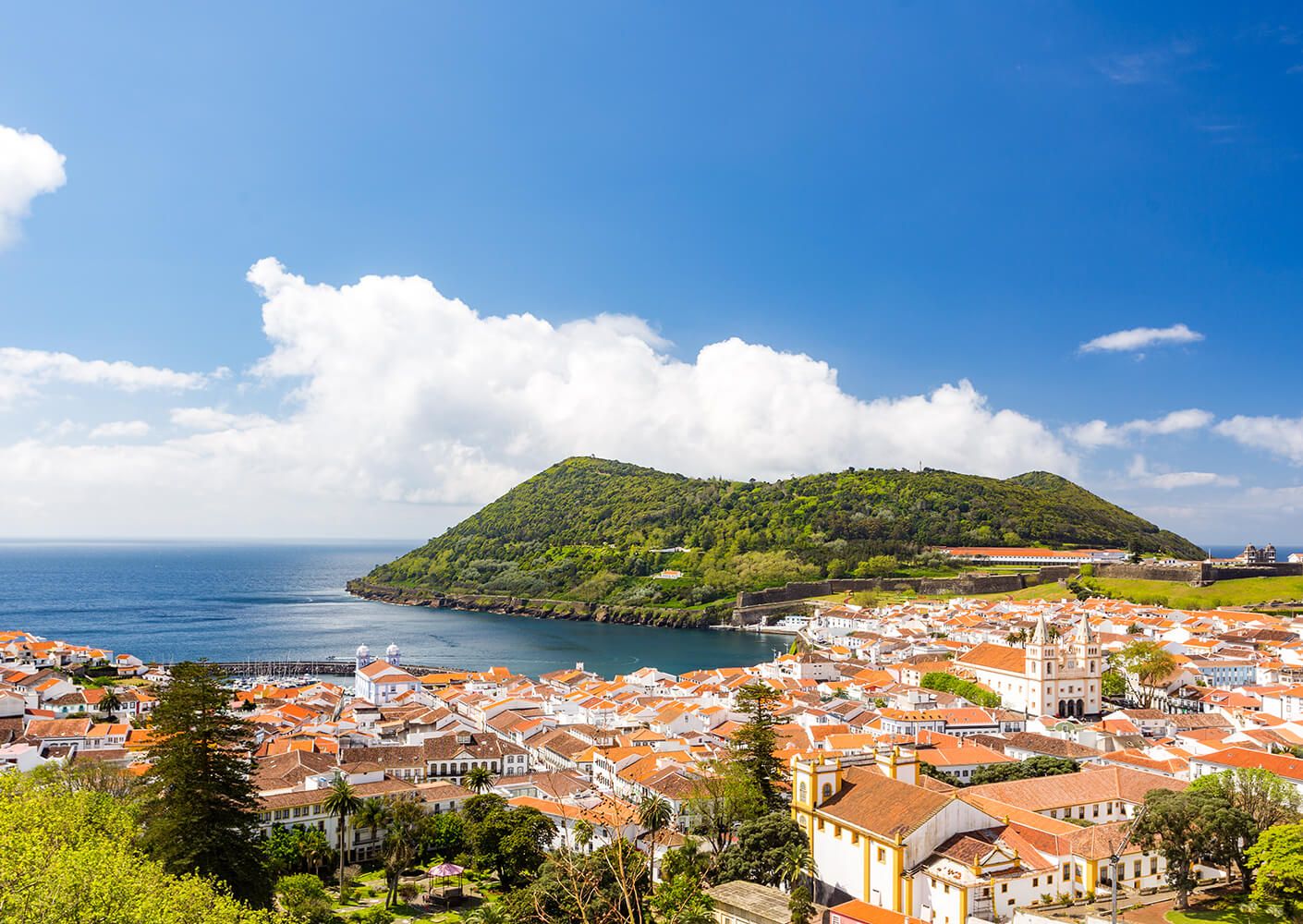

Terceira
The second most inhabited island of the Azores, with 56,437 inhabitants (2011 data), the Terceira island has 401.9 sq. Km, with 30.1 km long and 17.6 km at its maximum width. It is the eastern island of the five that form the central group and is the nearest one of São Jorge island, 37.9 km away. The highest point of the island, at 1,021 m altitude, is located in the Serra de Santa Bárbara, at 38°43’47’’ latitude north and 27°19’11’’ longitude west.
The third stop of the archipelago recognized by Portuguese navigators, probably late 1420's and early 1430's, began to be called Island of Jesus Christ. The subsequent re-baptism to Terceira island take into account the order of the previous findings, Santa Maria and São Miguel islands. The settlement is later in the Eastern Group, because only in 1449 Prince Infante D. Henrique ordered Jácome de Bruges, a Flemish, to settle the island. Although this first investment, the effective settlement of the island only have been carried out from 1470, at Praia da Vitória and Angra do Heroísmo, that have devised the appearance of villages for the rest of the territory.
During the 15th and 16th centuries, the importance of Angra bay was notorious not only as a internal post, promoting the regional circuit of products produced in other Azorean islands, but also as an inter-continental stop over for the carrack ships sailing between Europe and the distant America and India. The city of Angra, founded in 1534, became the political economic and religious fulcrum of the Azores and it was filled with precious metals and exotic spices that made the island a privileged and continuous target for the English, French and Flemish privateers.
In 1580, at the time when the Spanish King Filipe II took over the Portuguese throne, the local population supported the aspirations of D.António, Prior of Crato, the Portuguese candidate. Spain tried to contain the rebellion, but the first landing of the troops, in 1581, ended in a heavy defeat at the famous Salga Battle . Two years later, the Spanish returned in greater numbers and managed to take over the island after many violent clashes. In 1640, with the Portuguese Restoration, Portugal recovered its independence and the island of Terceira solidified its position as the economic, administrative and religious centre of the Azores.
The brave spirit of the local population was, once again, tested during the Liberal Wars. The majority of the population supported the liberal ideals and rebelled against absolutism, which was comfortably installed in other locations. In 1829, a fierce naval battle ended with the defeat of the troops of King Miguel I, while they attempted to land on the sandy beach of Praia. For this reason, the town was renamed as Praia da Vitória (Victory Beach). Throughout these unsettling times, the island of Terceira operated as a base for King Pedro IV to organise the repossession of the throne and to consolidate the constitucional monarchy. Angra was named the capital of the Realm of Portugal and, in addition, it also earned the second name of Heroísmo (Heroism). In 1832, the Armada left for Portugal landing on Mindelo, which became the peak moment of the victory of the Liberal Idealism.
During World War II, the British were allowed to set up a military base near Praia da Vitória, which later was taken over by the American Air Force. The well known, and still functional, Lajes Air Base brought new influences to the local population. Proud of its historic past filled with great deeds, Terceira is still a dynamic island within the context of the Archipelago, having the historical center of Angra do Heroísmo been recognized as a World Heritage site by UNESCO, in 1983.
At its centre, there is the Guilherme Moniz Caldera, flooded by lavas with two thousand years old of the Algar do Carvão scoria cone, where it is the biggest spot of heather in the Azores. The same scenario unfolds to the north, at the Biscoito da Ferraria and Pico Alto, and to the west, at Serra de Santa Bárbara, where dense thickets of endemic vegetation remember the native forest of the archipelago, commonly known as laurissilva forest. In this way, Terceira represents the largest area of native forest in the archipelago.
The dominant green of the interior of the island fades on its periphery, where the secular human occupation and the colourful houses of locations dictate the rules. Also, it is where predominate the purple color in some of the façades of the buildings, especially of Angra do Heroísmo.
The vestiges of the volcanic activities on the island of Terceira assume peculiar and spectacular forms, that can be easily visited. In the underworld, stands out the Algar do Carvão, a volcanic chimney that dazzles by its immensity space. From its arched roof hang remarkable silica stalactites, the biggest in the world. The Gruta do Natal, a cave consisting of a lava tube, is a wonder for its extensive, straight, long passages. The walls, ground and ceiling have different colours and shapes, transforming the cave into a mystic place. Outside, there are the Furnas do Enxofre, are eloquent testimony to the strength of the Azorean volcanism. The landscape is filled with fumaroles, surrounded by a red soil contrasting with the green of the moss. The whole atmosphere is warm, with a characteristic smell... of sulfur.
But it is in the highest of its mountains and hills, in belvederes strategically placed, that can be best absorb the immensity of its volcanoes and internalize the way as the human shape them.
Going to the hill of Monte Brasil, we are not aware that we are stepping on an old volcano that started in the sea – the largest and best preserved of the Azores – to enjoy one of the most fabulous views over the city and the bay of Angra do Heroísmo. It is at the top of the Serra do Cume that one can grasp the geometry of the endless stone walls and fences of hydrangeas that delimited the pastures of Terceira Island. From the Facho belvedere, where lies the imposing monument of the Imaculado Coração de Maria, one have an exceptional view over the beach, marina and houses of Praia da Vitória and the whole plain of Lajes which, certainly, attracted the implementation of the airport. And the list could go on.
On the beach of Praia da Vitória, the most important of the island, is coupled history with fun, urbanity with isolation and sun with warm water. Rather, there are many available tidal pools, more or less equipped with support infrastructures: Porto Martins, Biscoitos, Negrito and Silveira, just only to name some. Tongues, headlands and bays also mark the coastline of Terceira island, with frames of rare scenic beauty, such as the bays of the Quatro Ribeiras, of Salga, of Mina or of Fanal.
The coastline of the western side of the island is more linear and marked by high and dizzy cliffs, which fall abruptly in the deep ocean, here and there interrupted by headlands that advance into the sea, testimony of the latest thick lava flows. The Ponta do Raminho or the Ponta do Queimado, with the Serreta Lighthouse as sentinel, are clear examples. Or the area of the Lagoa da Fajãzinha, in Agualva, a unique retreat, designed “to ruler and square” by a wise nature.
The title “Very Noble, Loyal and Always Present” assigned to city of Angra do Heroísmo emphasizes the importance of this metropolis had throughout the History of Portugal and, and hence of the Azores archipelago. The relevance of the Angra bay , especially in the 15th and 16th centuries, and the importance of the city in political economic and religious chess of the Azores are portrayed in the urban fabric of this city. Observed from the Alto da Memória or Monte Brasil belvedere, the historical centre is a laced picture of streets, alleys, churches, palaces, manor houses, monuments, squares and gardens, which selfless generations knew how to preserve and maintain up to today, even against the forces of the earthquakes. UNESCO recognized this by integrating the Historic Centre of Angra do Heroísmo in the UNESCO World Heritage List
The imposing fort of São João Baptista is the city of Angra do Heroísmo, was built for about 400 years ago, is a unique example of military architecture of the Azores and stands out in defense of the identity of this city. Palaces, churches, convents and museums, there are several places to visit and are open to the public: Cathedral, Capitães –Generais Palace, City Hall, São Gonçalo Church and Bettencourt Palace, and many others. Angra lends itself to the discovery set adrift: the façades of stonework of trachyte and brightly colored paintings, iron balconies and adorned windows, are details to discovery without rushes.
In the municipality of Praia da Vitória, the so-called Ramo Grande Architecture pontificates. These are farmhouses with large, detailed, artful masonry works, usually of ignimbrite, a volcanic rock very peculiar and common in this municipality. These houses, spread out across the Ramo Grande plain, in many cases the houses stand out for its dimensions and additional buildings for rural activities, which also made out of ignimbrite.
In several places of the Terceira island, the impérios of elaborated architecture and façades with bright colours are part of the brand image of the island and deserve it a closer look. Other farmhouses and manor houses complete the secular architecture and the aristocratic atmosphere of the island. Some of them are now used to accommodate tourists.
Embroideries in white, raw or red linen, as well as the colorful quilts of wool produced on handlooms have been classified as a Certified Origin Quality Product.. The typical Viola da Terra (regional guitar), common throughout the Archipelago, has many versions in Terceira, ranging from 15 to 18 strings instead of the traditional 12. Clay and wicker works complete the main handicrafts of the island.
Terceira breathes culture from every pore. There are several cultural institutions and associations, theatre groups and places of temporary or permanent exhibitions that contribute to the promotion of the culture in the island. This is the case of the Angra do Heroísmo Museum, installed at the São Francisco Convent, with its remarkable collections of military history and of transports of the 18th and 19th centuries. In the city of Praia da Vitória, the small house where Vitorino Nemésio, a great figure of Portuguese culture, was born. An outstanding poet and writer, he was an intellectual who played several roles, from journalist to teacher, from historian to TV presenter; he was the hero of a generation. His romance Mau Tempo no Canal deeply reveals the insular spirit of his works. Nemésio also coined the word Açorianidade (Azoreanity) in 1932.
The Festive Island: more than a slogan or an epithet, it is an undeniable fact that the well-receiving of the local people of Terceira is keen to preserve and enhance.The Holy Ghost Festivals, centred on the local chapels called Impérios, are intrinsic to the spirit of Terceira. They take place during the eight weeks that run between Easter Sunday and Trinity Sunday, animating the parishes. On the rainbow island, the small chapels cannot be missed given the colourful lights ranging from white to a range of sparkling colours.
FESTIVALS During the Carnival, Carnival dances are quite typical and a singular manifestation of popular theatre. For three days, the local population walks the streets in groups called danças or bailinhos. During the performances, the members of each group sing a story, often in a satirical, funny manner.
The Sanjoaninas, a festival dedicated to São João (Saint John), the locals fill the streets of Angra do Heroísmo for ten solid days during the month of June. There are parades, concerts, bullfighting (in areas or bullfighting on a rope), food stalls, theatrical shows, fireworks and sporting events ending with a parade of popular dances.
In August, Praia da Vitória offers many celebrations. The Praia Festival includes bullfighting, exhibitions, parades, cuisine fairs, concerts and nautical sporting events. In the beginning of September, the Festas da Vinha e do Vinho (Vineard and Wine Festival) provide good entertainment in Biscoitos, a locality with a wine tradition. Angra do Heroísmo is also the stage for two important music festivals: one dedicated to Rock (Angra Rock in September) and the other to Jazz (Angra Jazz in October). These shows are linked to the musical tradition of the island, of which the cantares ao desafio (challenging verses) are a highlight. To this day, the festivities of Terceira are filled with singers who improvise and delight the audience.
BULLFIGHTING Bullfighting is a very old tradition in Terceira, the island that keeps many bull farms. This activity is divided into arena bullfights (or on the sand of a beach, such as those during the Praia Festival), and the typical touradas à corda (bullfighting on a rope), when the bull runs on the streets tied to a long rope held by a group of men. The bullfighting season normally takes place between the months of May and October, and these events are either booked with fixed dates or occur spontaneously.
The cuisine of Terceira is marked by alcatra, generally made with fish or beef (in the bone). This is a typical dish that is cooked very slowly in a clay pot in order to thicken the sauce made with bacon, onions, garlic, bay leaf, pepper and wine amongst other ingredients. It is normally served with bread or massa sovada (a kind of sweet bread). This cooking method is also applied when preparing chicken, beans, rabbit, octopus, broad beans…
As for sweets, the highlight goes to the cake Dona Amélia, custards made with honey and cinnamon mixed with raisins and ciders. According to the legend, the name of this pastry is associated to the visit of Queen Amélia to Terceira. The coscorões, cornucópias (filled with egg strings) or the rice pudding complete the list of local desserts.
The landscape of the region of Biscoitos is filled with vineyards assembled in curraletos. A specific type of wine is made from the verdelho grapes, which has been defended and advertised by the Confraria do Vinho Verdelho dos Biscoitos (Biscoitos Brotherhood of Verdelho Wine) since 1993. There is a Wine Museum in the Casa Agrícola Brum (Brum Agricultural House). A visit allows one to enjoy a taste of the liqueur wine Chico Maria.
